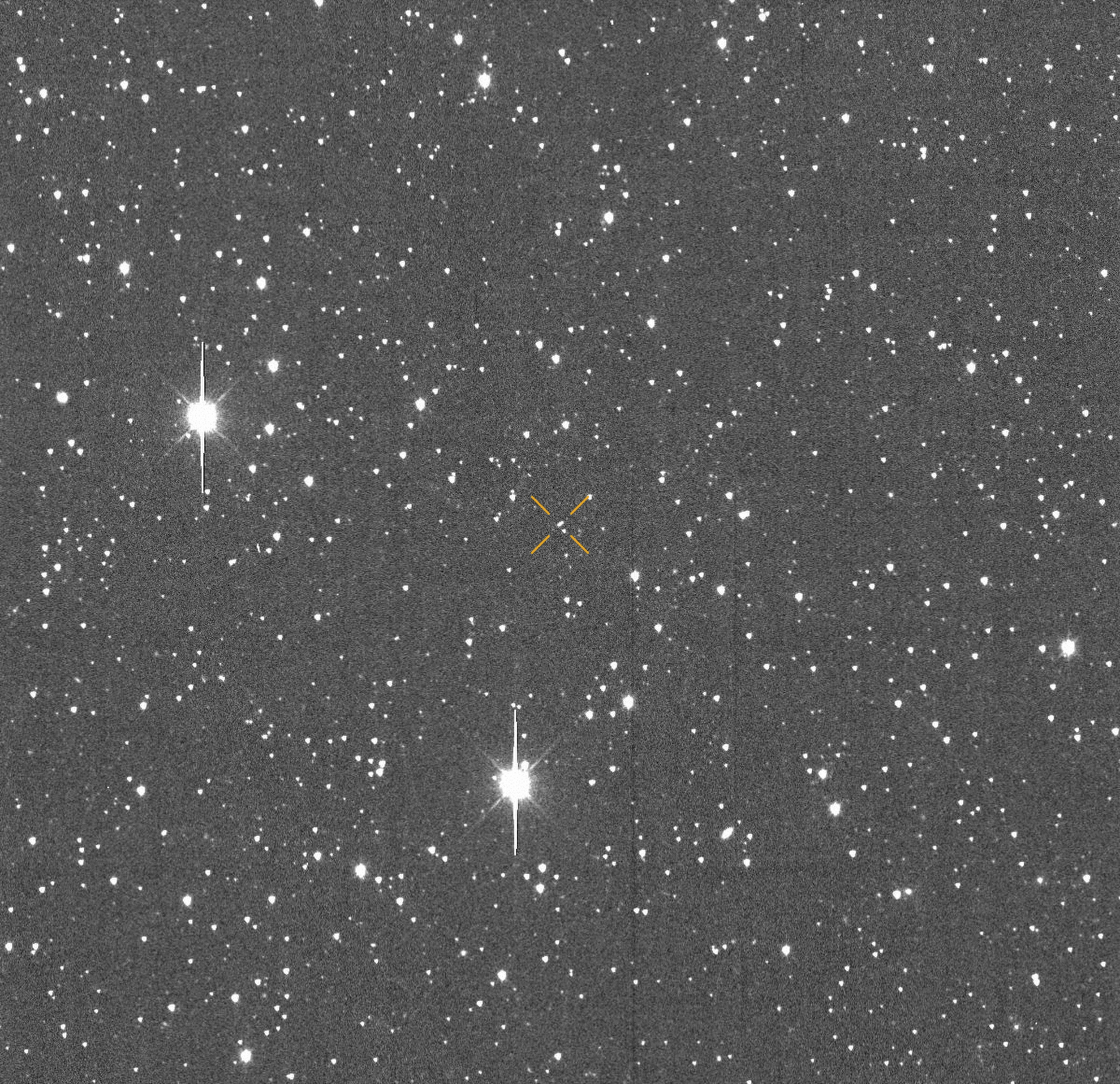Asteroid 2024 YR4 Declared No Threat to Earth After Intensive Monitoring
NASA and ESA confirm asteroid 2024 YR4 poses no significant risk to Earth, reducing impact probability to nearly zero after extensive observations.
Overview
NASA and the European Space Agency have confirmed that asteroid 2024 YR4 poses no significant threat to Earth. Initially assessed at a 3% chance of impacting in 2032, new observations have lowered this risk to 0.0027% for NASA and 0.001% for ESA, ruling out any potential collisions with Earth for at least the next century. This asteroid, first detected in December, measures between 130 and 300 feet across and orbits the sun every four years. While Earth is now safe, there remains a 1.7% chance of it impacting the moon in 2032. Observations will continue to refine tracking methods for future threats.
Content generated by AI—learn more or report issue.

Get both sides in 5 minutes with our daily newsletter.
Analysis
Analysis unavailable for this viewpoint.
Articles (3)
Center (3)
FAQ
Initially, asteroid 2024 YR4 had a 3% chance of impacting Earth in 2032. This probability was later reduced to 0.28% and eventually to 0.004% as more observations were made.
Yes, there remains a 1.7% chance that asteroid 2024 YR4 could impact the Moon on December 22, 2032.
NASA will continue to monitor asteroid 2024 YR4 using observatories funded by the Planetary Defense Coordination Office. Additionally, the James Webb Space Telescope will observe the asteroid in March to gather more insights about its size and composition.
History
- This story does not have any previous versions.

